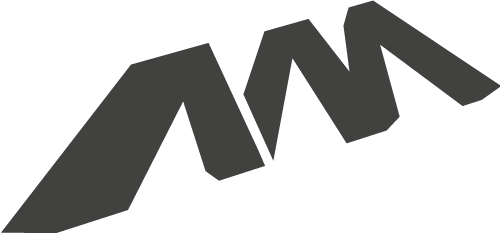What is a Freelance Graphic Designer?
I’m a freelance graphic designer, an independent professional who offers my design services to clients on a project-by-project basis, rather than being employed by a single company or agency. Instead of working as a full-time employee, freelance graphic designers like me work independently, managing my own schedules, clients, and projects.
I often have the flexibility to choose the projects I work on, negotiate my rates, and set my work hours. I work with various clients, ranging from individuals and small businesses to larger corporations, providing design services such as creating logos, branding, packaging design, report design, marketing materials, website designs, and other visual content.
I’m not limited by geographic location and can work with clients from different parts of the world, communicating through online platforms and tools. Managing finances, marketing my services, networking, and maintaining a diverse portfolio are key aspects of working as a freelance graphic designer.
My daily activities and tasks as a freelance graphic designer.
Planning and Stakeholder Management:
As a freelance graphic designer, mornings kick off with crucial client check-ins. These meetings set the tone for the day, allowing me to grasp the core expectations and gather invaluable insights from stakeholders. It’s a moment to align visions, understand project scopes, and ensure everyone is on the same page. I structure my day around these inputs, utilising designated time slots specifically for client communication. Clear, consistent, and transparent communication is the backbone of successful project execution. These time slots serve as dedicated windows to address client feedback, discuss project progress, and provide updates, fostering a transparent and collaborative environment.
Brainstorming and Ideation:
Creative blocks dedicated to brainstorming sessions are strategically planned within my most productive hours. This time is sacred, reserved exclusively for generating fresh ideas and innovative solutions. Whether alone or in collaborative sessions involving stakeholders, clients or other creative professionals, these moments foster creativity and ideation. Collaborative brainstorming sessions are particularly valuable as I ensure alignment on project visions and objectives. It’s a space where diverse perspectives converge, sparking new and exciting concepts that shape the project’s direction. As a freelance graphic designer, collaboration is essential for the development of ideas, other people can see my ideas in a different way which sparks off new ideas which ultimately leads to the best possible design solution.
Sketching and Conceptualisation:
The transition from ideas to visual representations is where sketches and conceptualisation come into play. I dedicate focused periods to sketch out initial concepts, translating the brainstormed ideas into tangible visual outlines. These sketches serve as the bridge between imagination and realisation. Early-stage feedback from stakeholders becomes pivotal at this juncture. These rough visual representations offer a platform for discussions, allowing refinements and improvements before diving into detailed designs.
Estimation and Project Planning:
Project estimation and planning demand meticulous attention. I allocate specific time blocks to create detailed estimates, considering project scope, client needs, and deadlines. As a freelance designer I can stay flexible with my timescales and budgets, whereas design agencies need to charge a minim day rate. This stage involves laying the groundwork for the project—documenting milestones, deliverables, and deadlines. This planning phase is crucial to aligning expectations and ensuring a smooth project flow.
Adaptability and Review:
Adaptability remains a cornerstone. I schedule regular intervals to integrate stakeholder feedback into ongoing projects. This feedback loop ensures that the project remains aligned with expectations, allowing for necessary adjustments. Additionally, periodic review meetings with stakeholders serve as checkpoints to track project progress. These meetings are not only informative but also proactive, facilitating adjustments to timelines or scope as needed.
Flexibility for Creativity:
Flexibility is key to fostering creativity. Open creative blocks in my schedule accommodate those unexpected bursts of inspiration or sudden creative breakthroughs. These moments often yield the most innovative solutions or concepts, and allowing space for them ensures the preservation of creativity within structured timelines. Sometimes I can hit a ‘design ideas wall’, however my flexible freelance design timetable allows me to take work away from the studio and go for a walk or maybe visit the local pub where ideas and thoughts can flow!
Administrative and Client Work:
Balancing creative work with administrative tasks and client meetings is essential. Integrating estimating, scheduling, and stakeholder meetings within the day’s flow ensures a balance between creative pursuits and project management responsibilities. This equilibrium sustains productivity while maintaining the quality of deliverables.
Self-Care and Boundaries:
Separating work and personal time is fundamental. A healthy work-life balance is critical to nurturing creativity and ensuring efficient project management. Maintaining boundaries safeguards against burnout, allowing for sustained productivity and creativity. Take regular breaks, going for a lunch time walk or visiting the gym after a long day all help my creative juices!
This holistic structure optimises the creative process for me, fosters robust stakeholder engagement, and streamlines project planning. It’s a framework that not only enhances workflow efficiency but also cultivates stronger client relationships based on clear communication, innovation, and trust.

